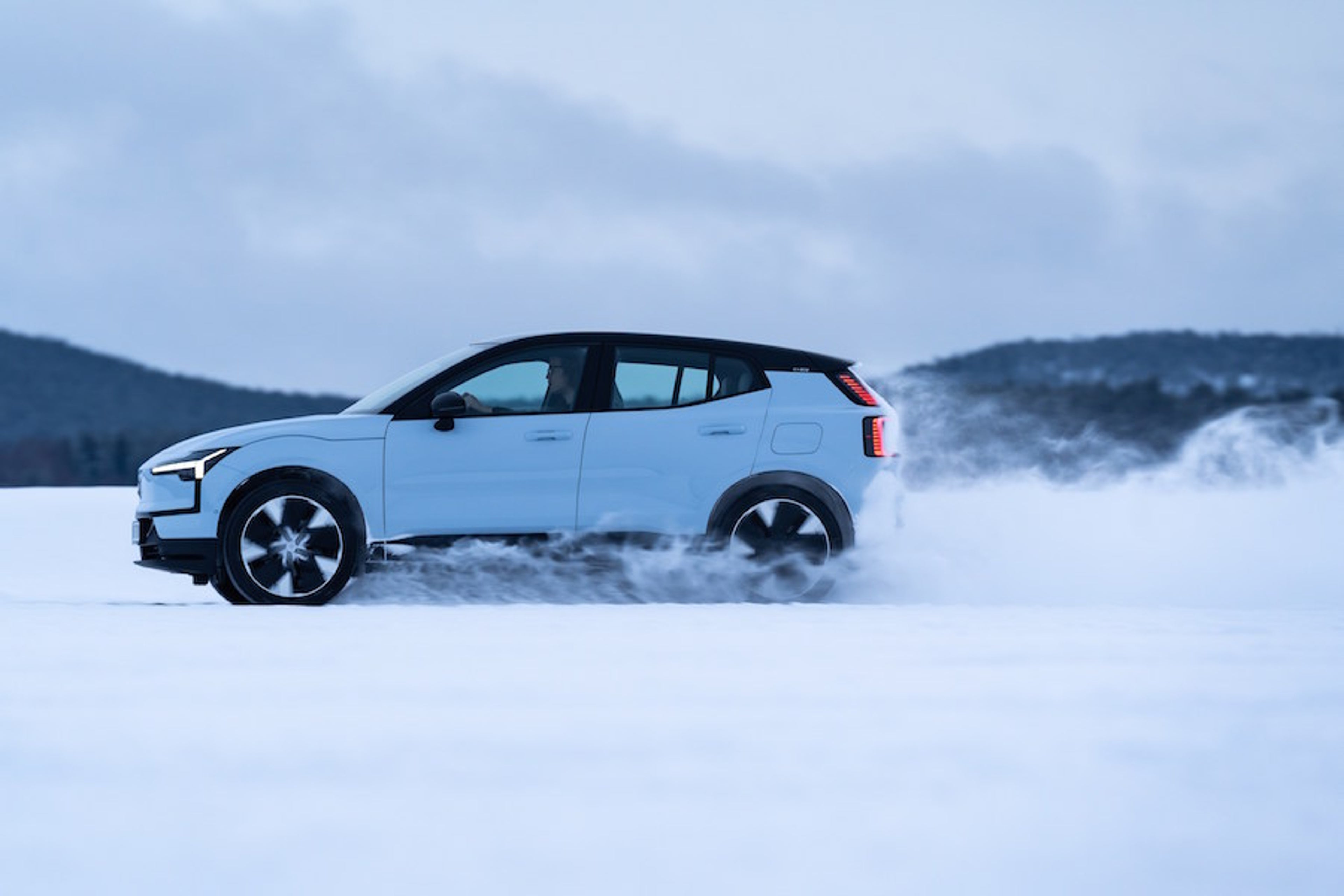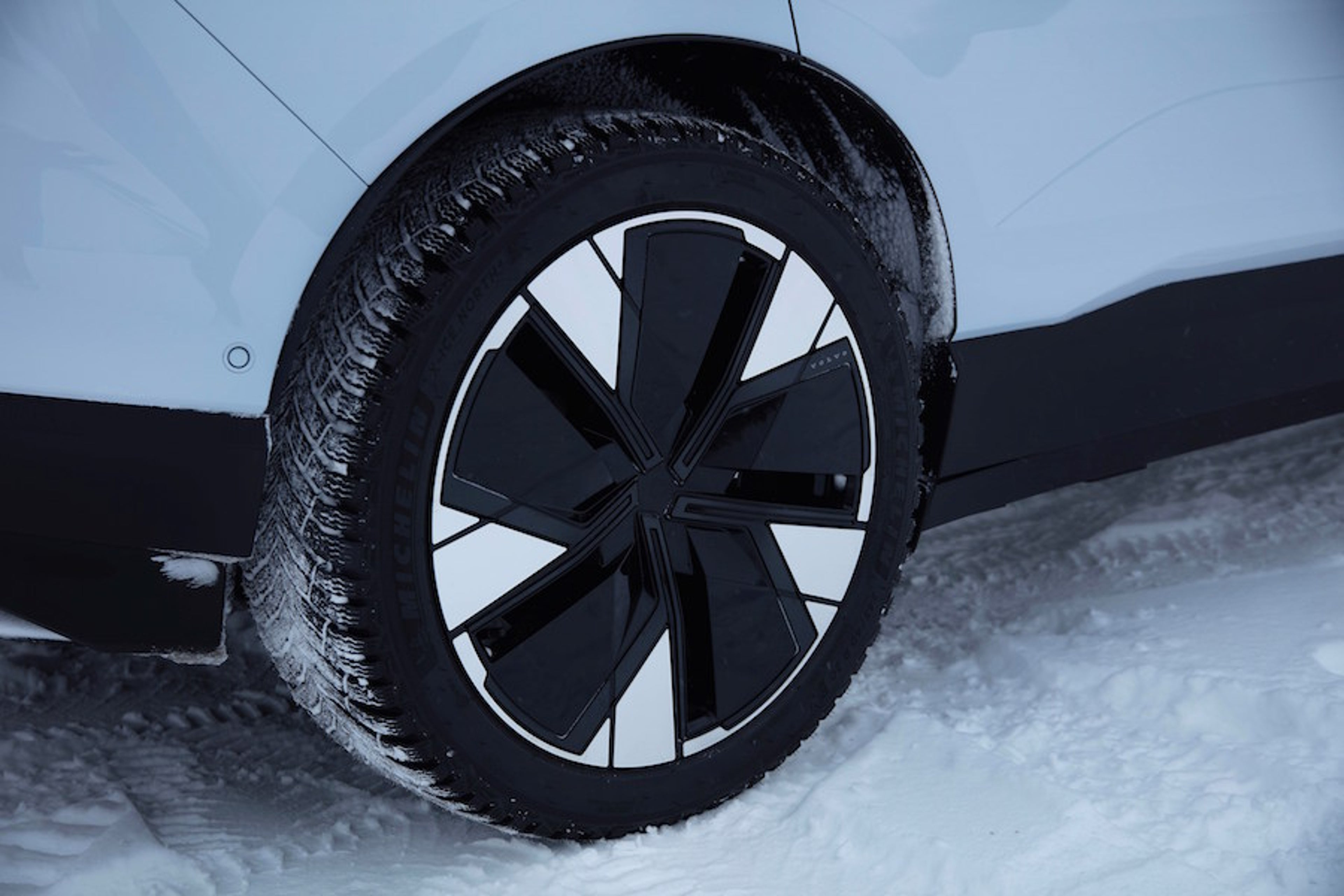The heat is on: Winter battery and climate control tips for electric cars
Volvo’s electric cars are built to take whatever the weather throws at them. But a few simple rules of thumb will help maximise range when the mercury drops.

Volvo Cars designs its electric vehicles to cope with Scandinavia’s sub-zero winters – in Sweden, the temperature regularly drops below minus 30° centigrade.
Australian winters are far milder – even though the last couple of months have felt colder than usual. But after driving style, temperature is one of the biggest influences on EV battery range. Which means it pays to do some basics in the winter months – particularly for those undertaking regular longer journeys in rural areas where it gets coldest.
It’s worth bearing in mind that certified vehicle ranges are carried out under controlled conditions. That usually means features that consume power under normal driving conditions are turned off to ensure that test results are repeatable. Which is why stated maximum possible ranges – for all car manufacturers – and what drivers actually achieve on the road, will almost always be different.
Cold winters can factor into that difference, which is why making some small tweaks can pay dividends.
Winter tips and tweaks
Sometimes it’s best to state the obvious: when it’s very cold, make sure the car is charging when parked. This pre-conditions the battery and mitigates cold weather losses. If possible, charge it to 80 per cent to get the best blend of immediate range and lifetime battery performance. Also, make sure to actually install battery management software when updates arrive over the air – they are designed to make a difference.
Before setting off, pre-condition the cabin while it’s still charging. This is easily done remotely via the Volvo Cars app (download it here). Then when driving, use the heated steering wheel and/or heated seats, as these will use significantly less energy than climate control. If climate control is required, use it zonally if the car isn’t carrying a full suite of passengers.
Lose load: If you have a roof box or rack attached year round, consider whether you actually need it – less drag equals more range.
Check tyres regularly: Incorrect tyre pressure can add up to a few percentage points of battery drain, as well as reduced road grip and stability.
Drive smoothly: As with a traditional combustion engine, a combination of smoother driving and maintaining steady speeds will use less energy than putting your foot down. Lowering speeds, particularly on highways, can also keep extra kilometres in the tank – and improve safety in colder, darker winter months.
Use regenerative braking and one-pedal mode: All of Volvo Cars’ models use regenerative braking, which feeds energy back into the battery automatically. But fully battery-powered electric vehicles can make greater use of regenerative braking when driven in ‘one pedal’ mode – which feeds power into the battery every time you lift your foot off the accelerator, meaning the car can go further between charges.
While on the highway it’s best to minimise braking and maintain a steady, slightly slower speed to get the best out of the battery range, one pedal mode can provide a range boost when driving at slower speeds, especially in cities. Easing off the accelerator and gradually slowing when approaching the lights or a junction, for example, allow the car to recapture more energy.
Opportunity charge: On the go, make use of the growing number of EV charge points rolling out in car parks across the country. Every little helps, especially during the coldest months. While the fastest DC chargers can be more convenient, slower AC chargers generally place less stress on the battery.

Ultimately, the average daily drive in Australia is less than 40 kilometres. Even in the coldest months, most EVs should be able to deliver those daily averages on a single full charge per week. But as with all things in life, Volvo Cars has always believed it’s better to be on the safe side.
Discover which of Volvo Cars’ all electric or hybrid models best suits your lifestyle here.